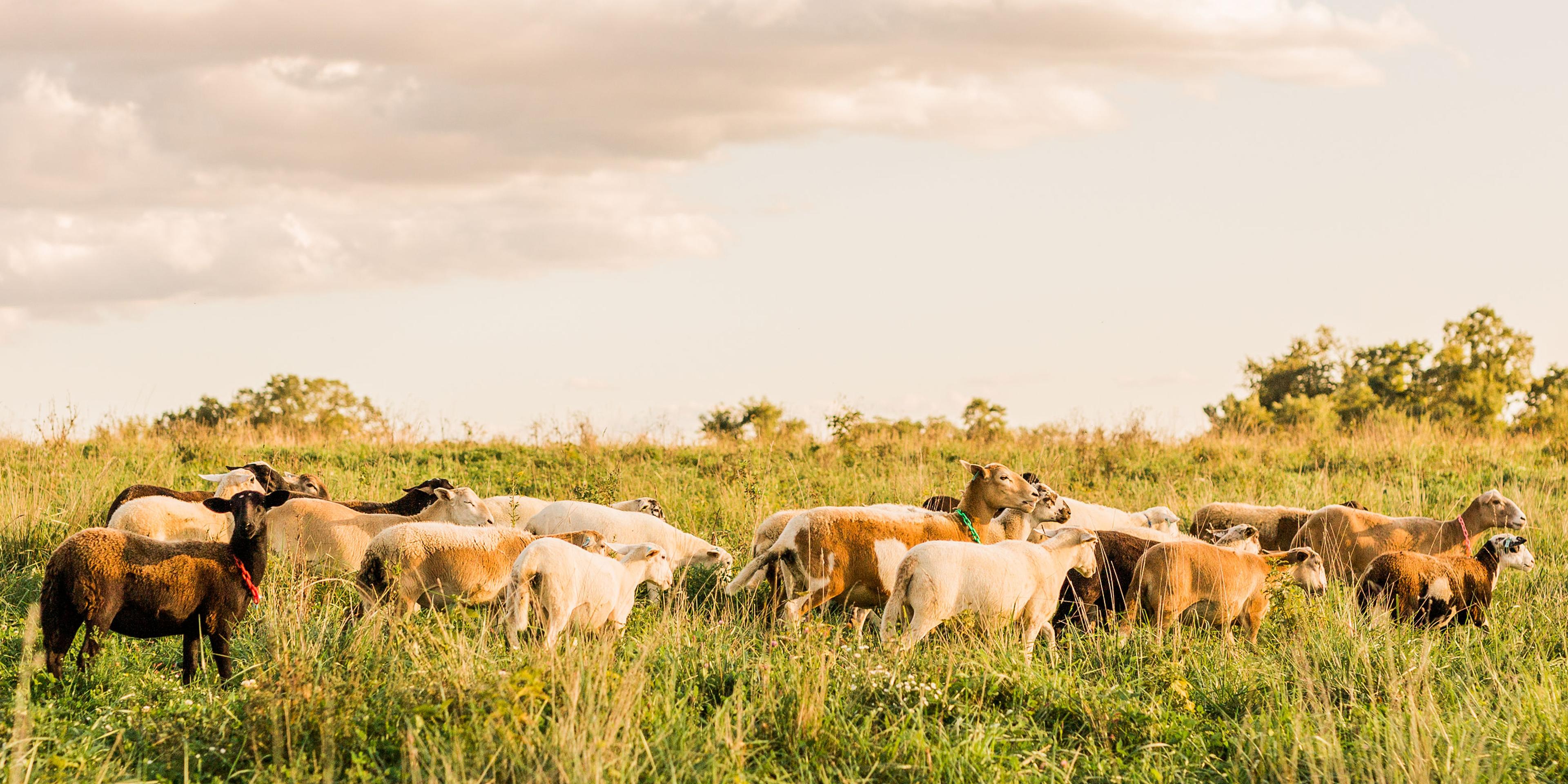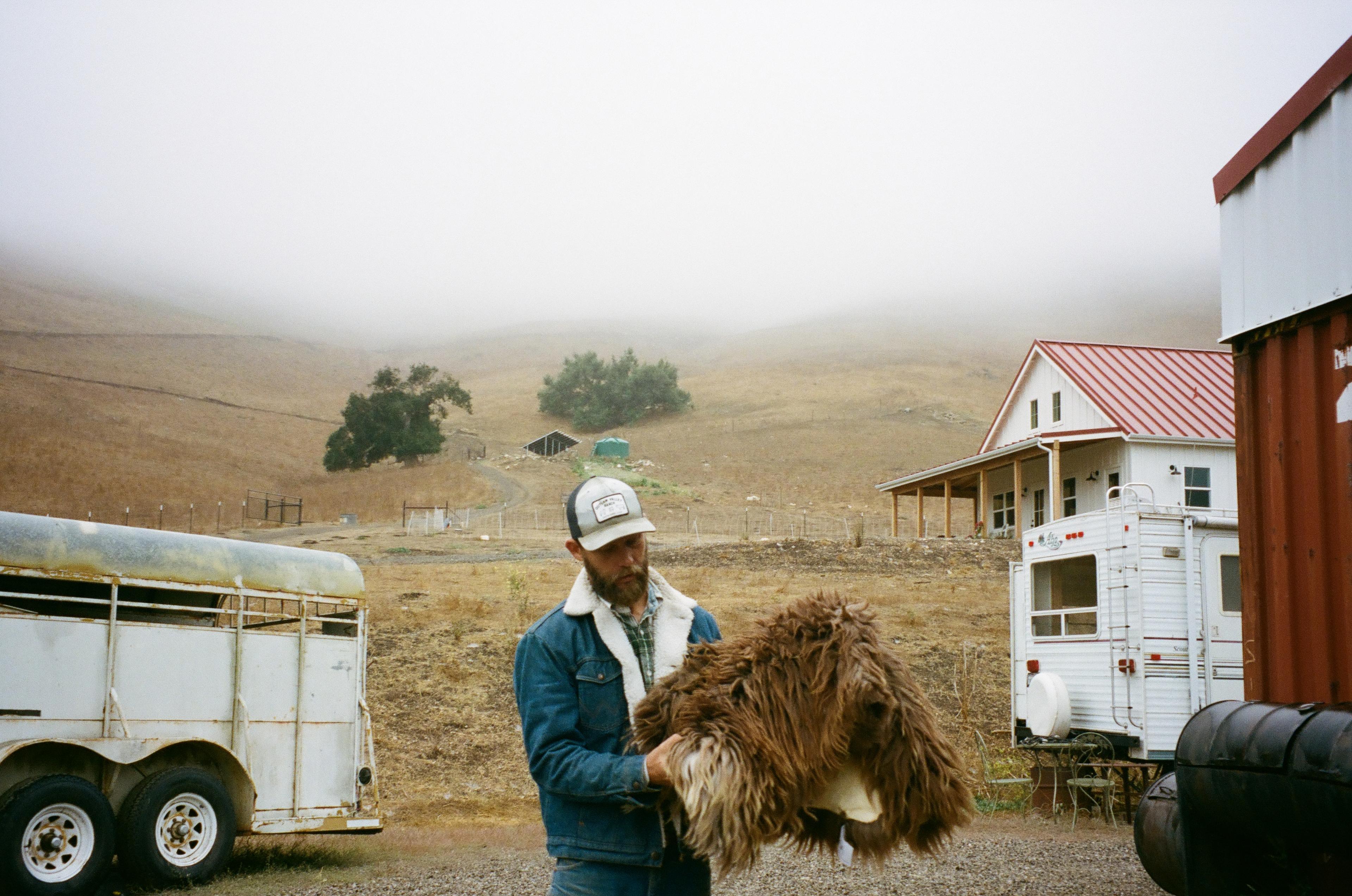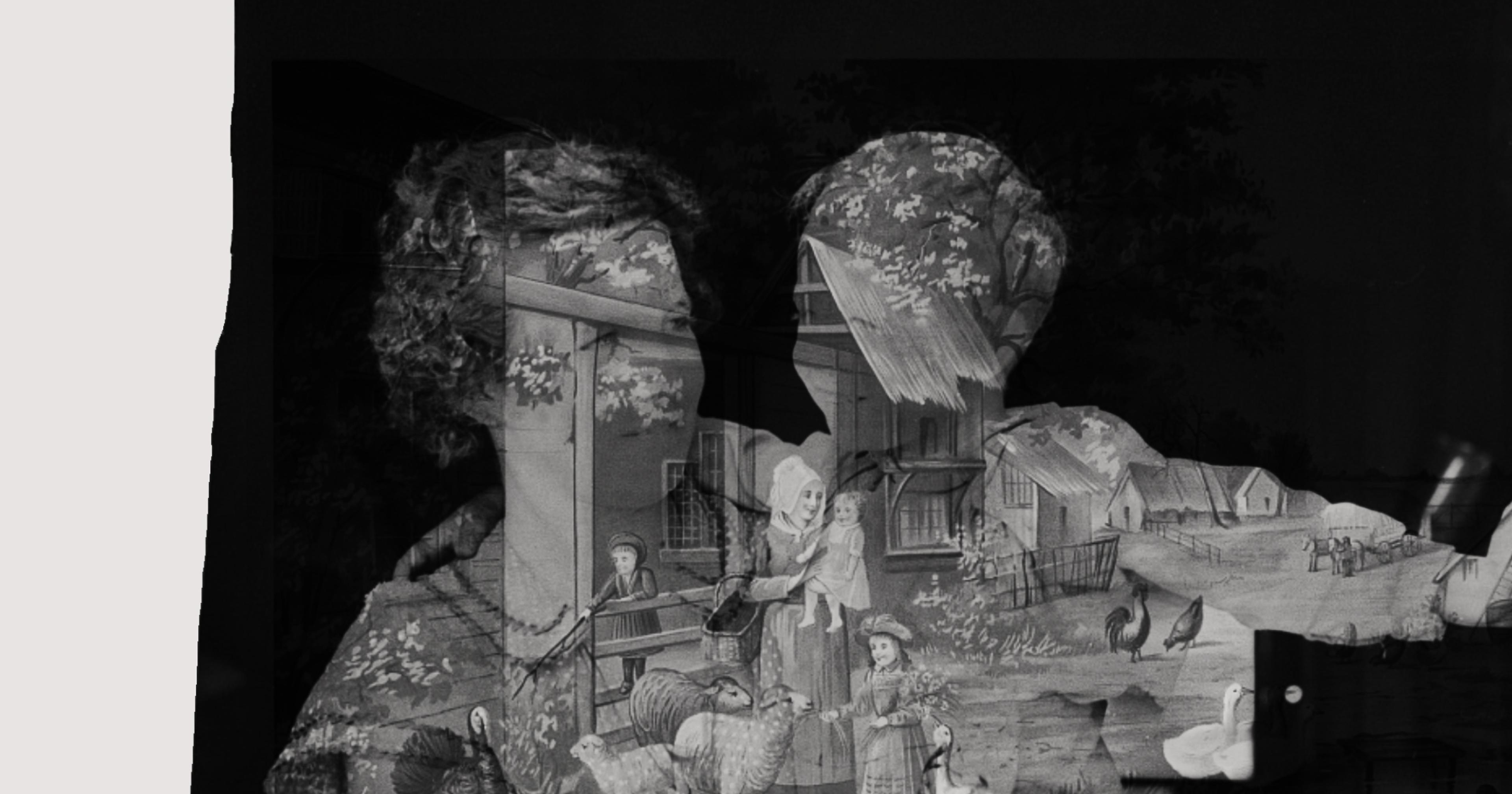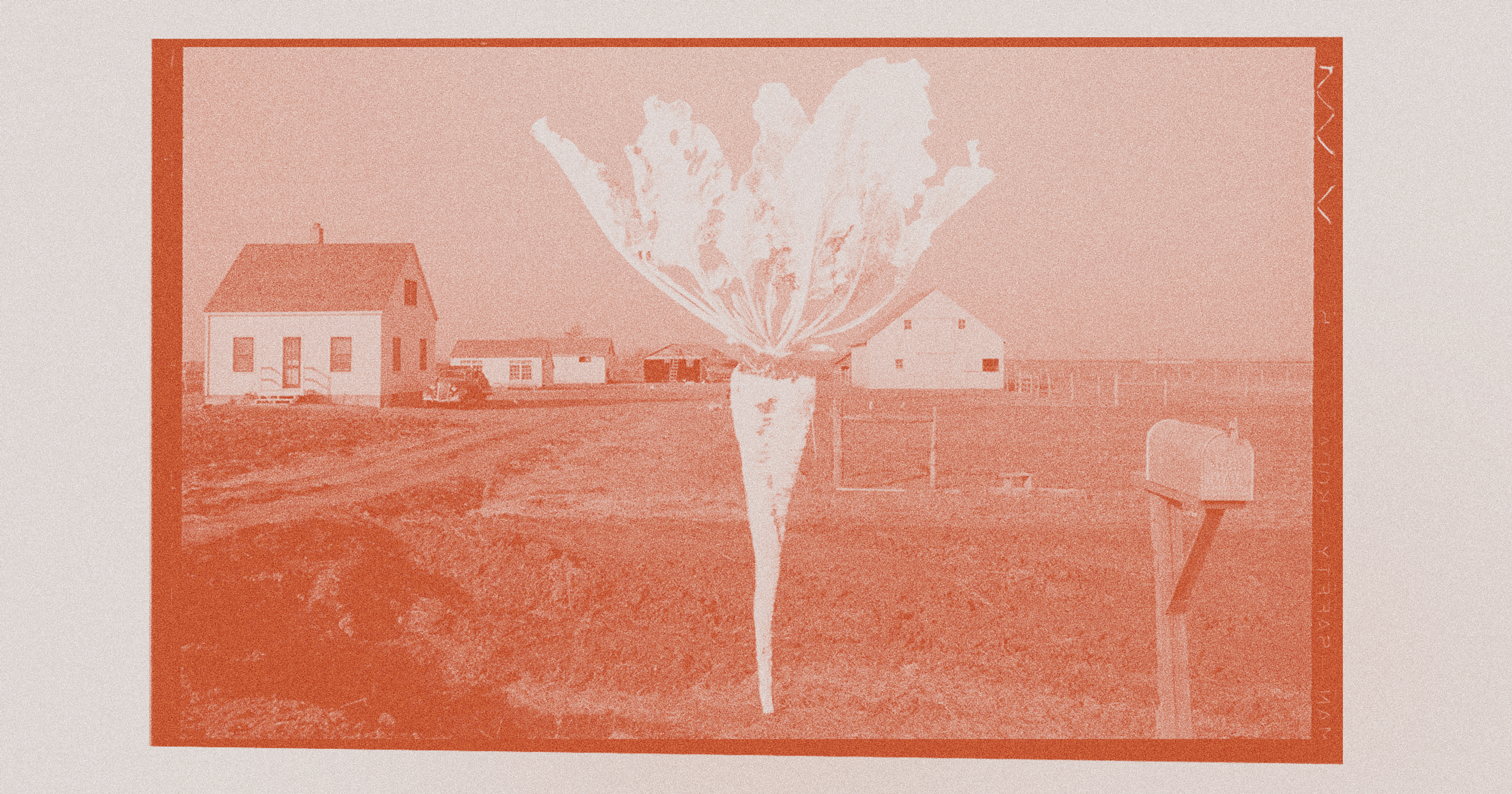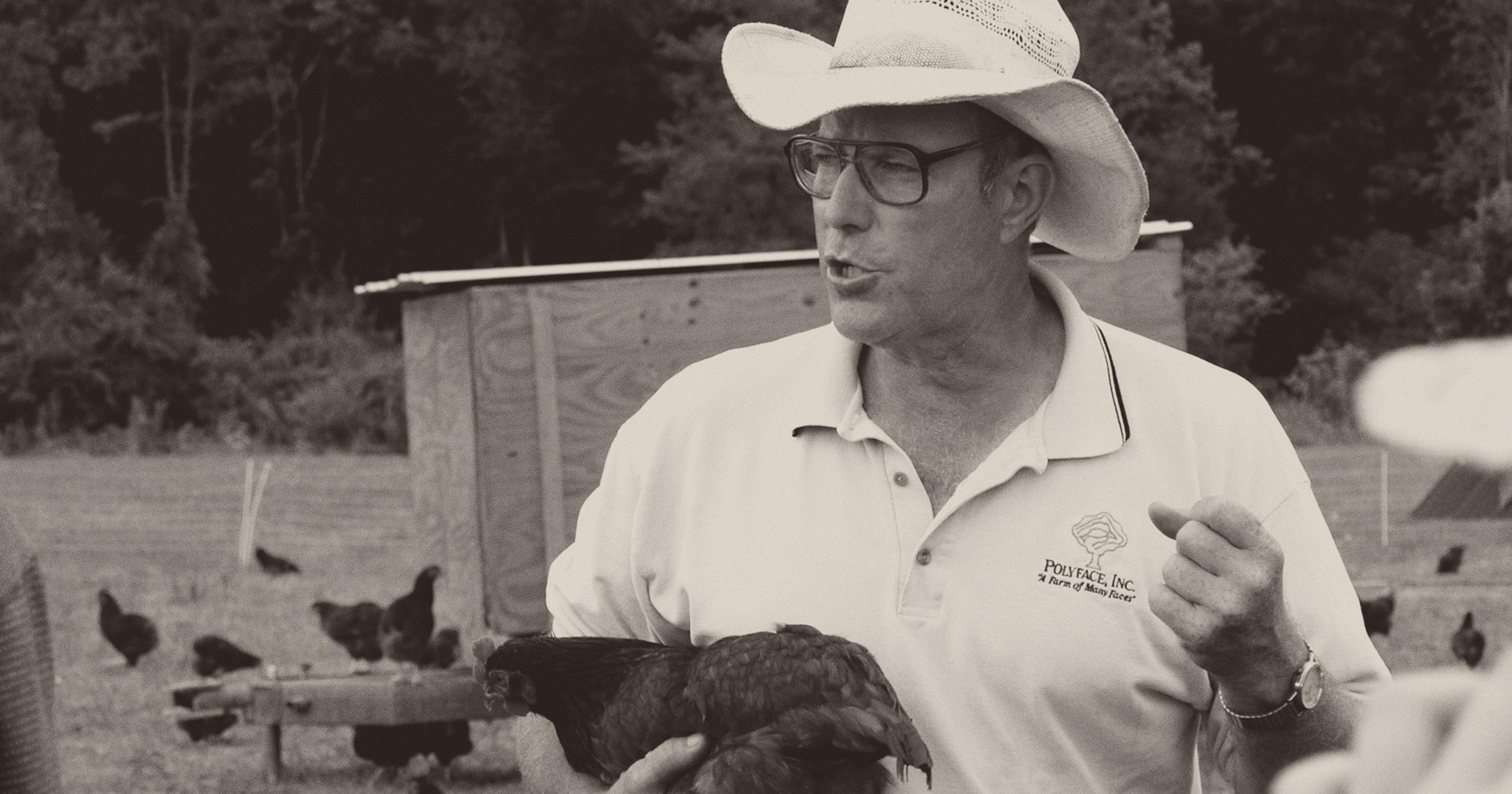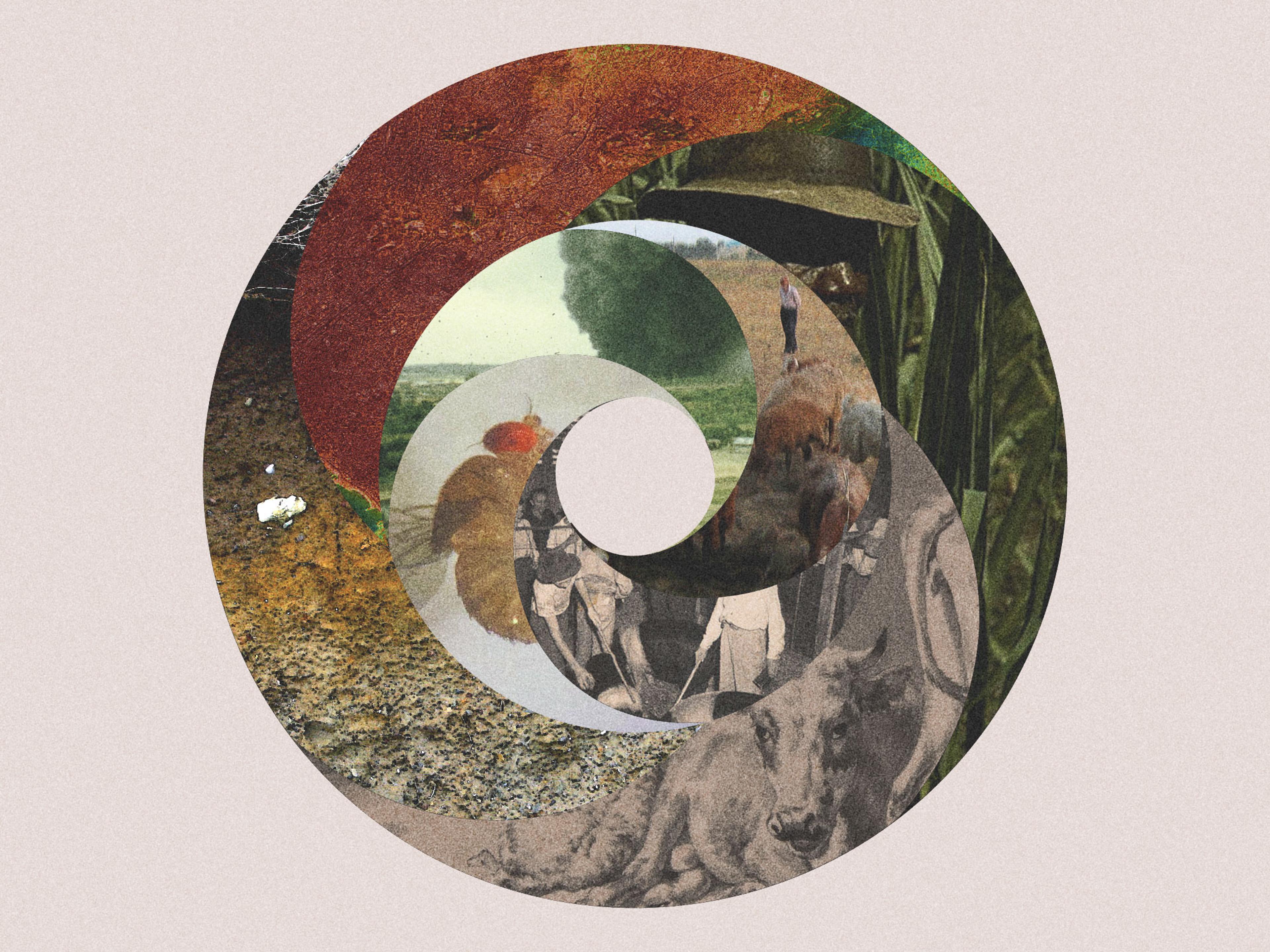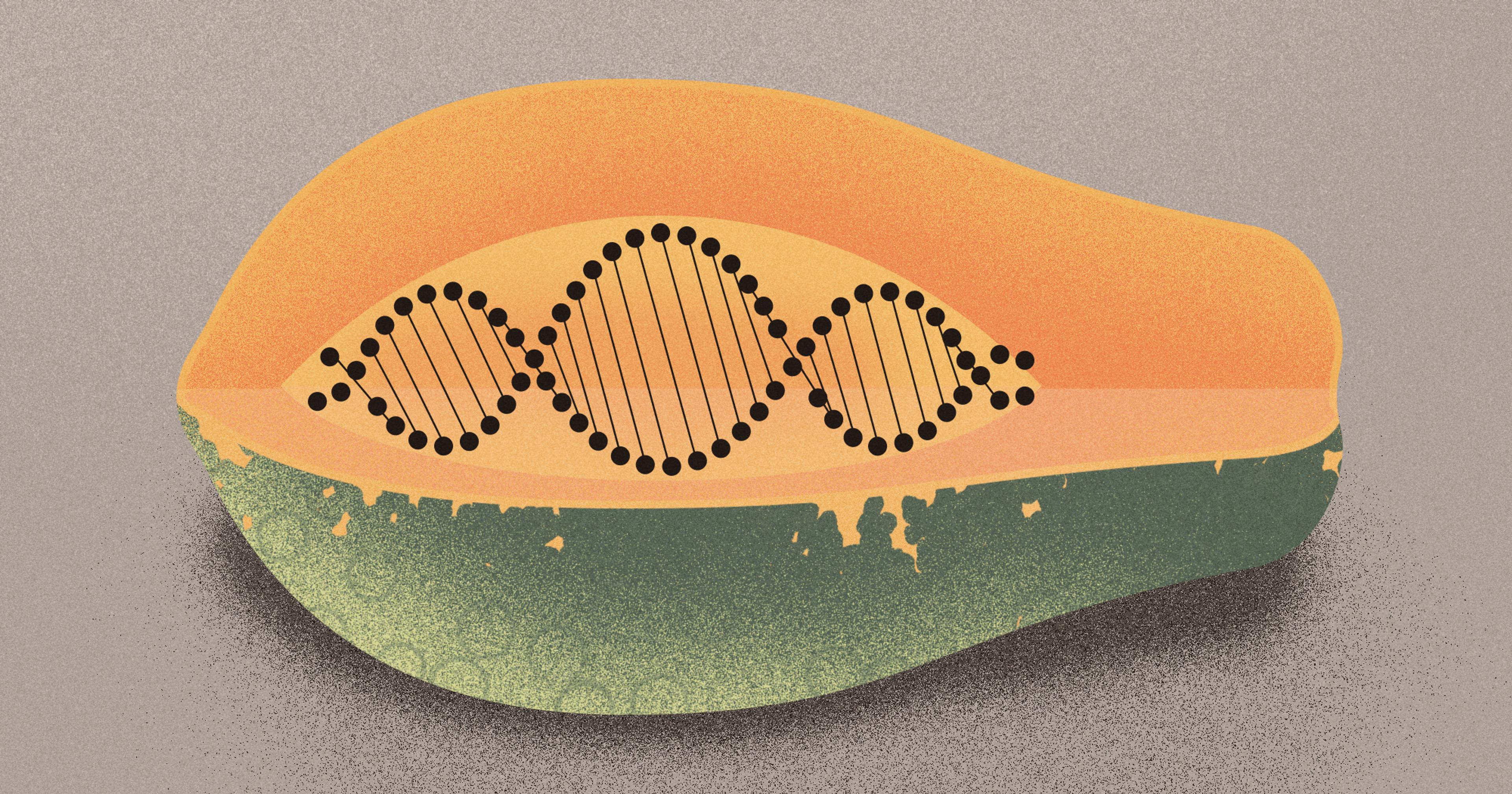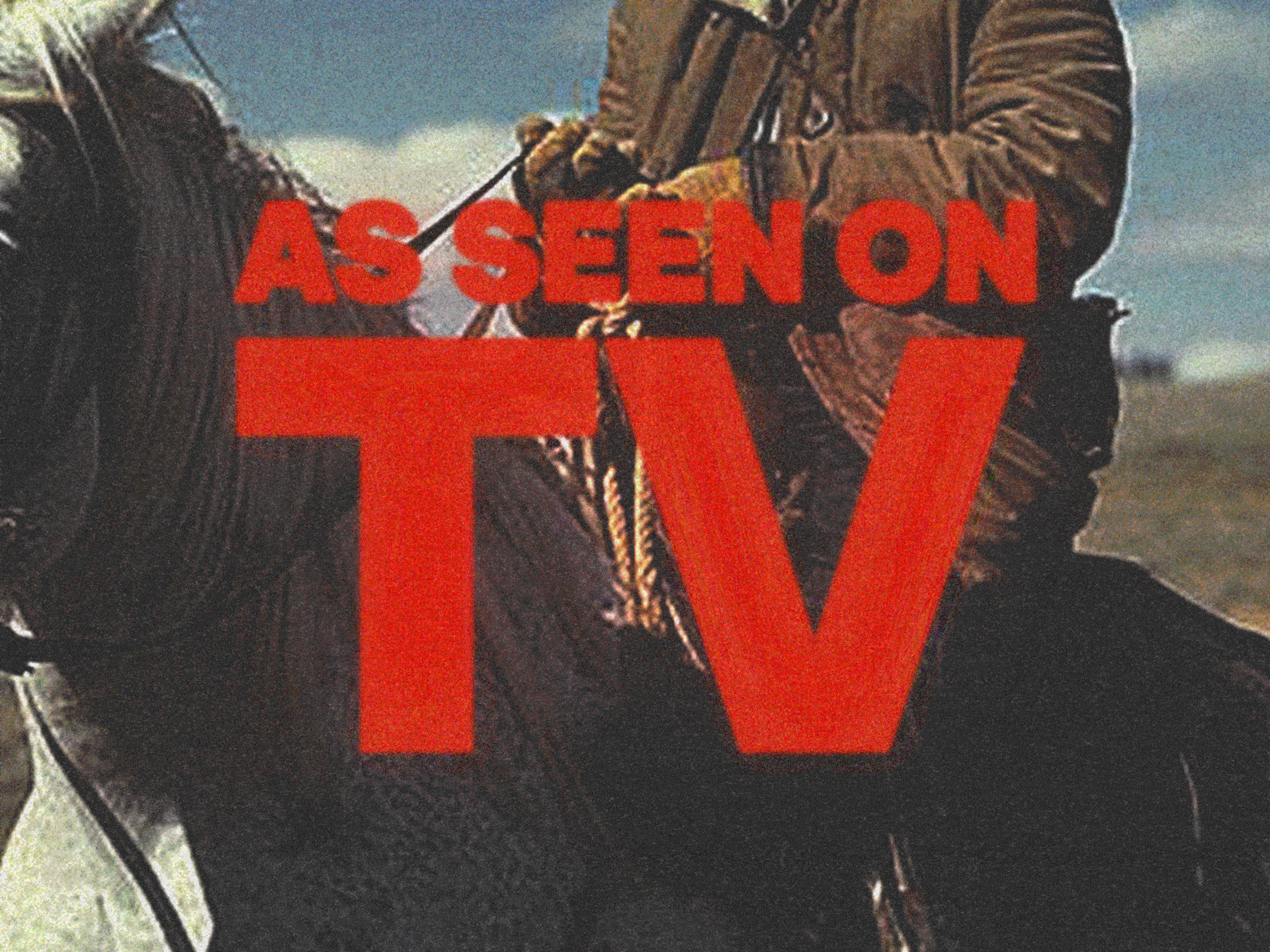A Maryland farmer reflects on how sheep manage motherhood — and how that connects to her own life and daughter.
I pin the ewe against the wall, one arm around her chest and one around her rump. Her head is tied to a post and she thrashes against the restraint. She needs to stay still for her newly adopted lamb to get a good suckle. This mother bore only a single lamb of her own, leaving her extra milk to feed this one, the smallest of her sister’s triplets — if she accepts him.
I lean into the ewe with my chest, feet cramping and biceps burning. My 16-year-old daughter helps the little guy find the teat each time he loses it. After 15 minutes or so, he wanders off with a full belly and lays down for a nap. Walking home from the barn in the quiet of 3 a.m. with my girl, I am filled with gratitude. Tending the land and animals fills me with purpose and satisfaction, which peak with the pre-dawn magic of new life.
We weren’t expecting these lambs. In fact, it’ll be six weeks until our planned lambing window. However, last Halloween Eve, appropriately known in some areas as Mischief Night, our young ram had an “unsanctioned conjugal visit” — as my husband called it — with the ewes. Apparently it was a busy night, as we now have three ewes with lambs. As happens often with sheep, some birth more than they can feed and some have fewer. When this leaves lambs neglected or undernourished, my daughter and I step in to balance the families.
By restraining the potential adoptive mother every few hours around the clock to allow the new lamb to nurse, she is supposed to eventually accept him as hers, as her milk changes his smell to match her own. The ewe’s milk changes the baby as the baby becomes part of the mother, in a reciprocal dance central to the continuance of many species. A child can enter a parent’s heart deeply enough to remake us, whether human or ewe, whether born of our body or not.
For example, normally the ewes will run in terror from our herding dog. However, a mother with young lambs will often charge and ram the dog, overcoming fear to protect her babies. As a mother, I have been equally changed by the drive to give my children the best of myself and of the world. My heart has been broken down and rebuilt in the shape of the ones I am raising.
The little lamb we’re helping tonight belongs to my daughter. She and I each have our own sheep flock. While we manage them together, we each make our own decisions about selling, culling, and breeding. Managing the business aspect is a large part of why raising sheep appeals to her. At an age when a person’s desire for autonomy often outstrips society’s willingness to grant it, making real decisions about life, death, and substantial sums of money help meet that need. Sometimes she makes choices for her flock that I wouldn’t make for mine, such as keeping one that is tame but not robust. I provide information but she makes her own decisions, as she did when she was eight and we first started raising sheep.
One of the things I love about lambing time is the way it brings my daughter and me together. Like most teens, she has her own busy schedule and interests. While she does quite a bit of farm work, she generally prefers to do it on her own these days. I understand it’s time for her to reach for independence, and I’ve already gone through this stage with my son. Still, I miss the abundant time and easy companionship of chores when she was younger.
Lambing brings us together again. Whether we are going to the barn in the middle of the night to deal with a problem, sharing the work of caring for moms in stalls with newborn lambs, or sitting with a birthing ewe, it’s easier to be with each other during lambing season than any other. Some people believe sheep are unintelligent, but I find they have a gentle zen presence that helps me come home to myself. Maybe that helps us be with one another, too.
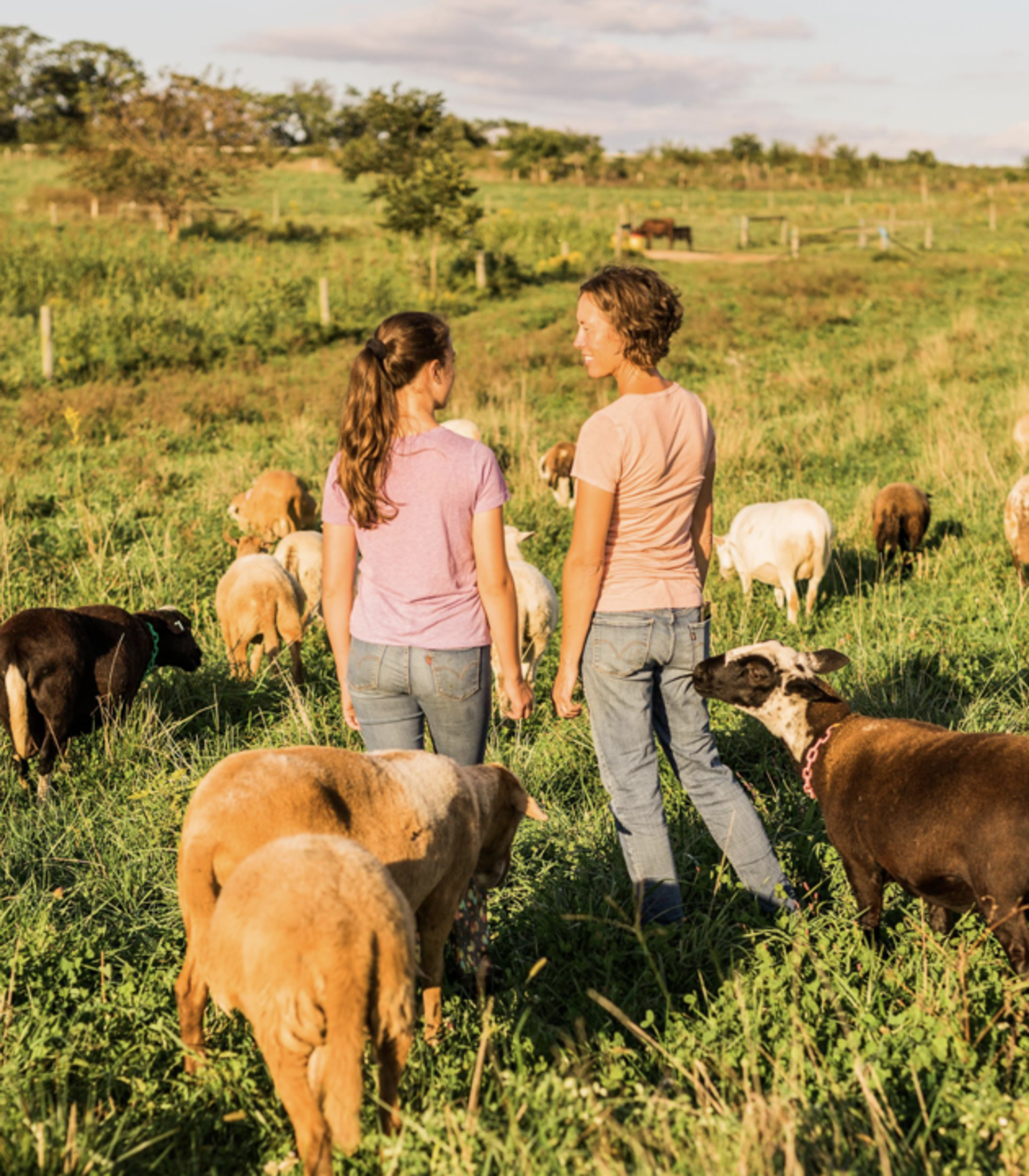
In my experience, becoming a parent means having one’s heart perforated — little dotted lines right down the middle, dividing the portion that will be torn away when that child moves off into life on their own. As the splitting of the parent’s heart begins in earnest during the teen years, every warm hug or shared laugh becomes precious and, in some cases, all too rare. As a mother and daughter working together to help connect this ewe with the lamb who needs her, our efforts to build bridges between them are also strengthening the bond between us. It’s a beautiful parallel that has always been present in this shared shepherding project, but has become clearer in recent years.
A couple of years ago, my daughter told me she liked lambing season more than Christmas: the miracle of new life and first steps, the surprises: Girls or boys? Spotted or solid? One, two, four? All are amazing, but for me, the best gift is time and joy shared with her. This year, she said that it’s not just witnessing births and new lambs, but also making the decisions and doing the caretaking that feels deeply fulfilling. This is an education and nourishment that far too few young people get to experience these days — an antidote to the unreality of video games and social media.
Caretaking the land and animals isn’t just good for youth. It’s a large dose of mental wellness for me every day, too. When I lived in the city or suburbs, I often found myself overcome with despair and a kind of purposeless drifting feeling brought on by the artificiality of the surroundings and my daily activities. Now that I use my heart, mind, and body to nourish people in my community, caring for the plants and animals that produce real food, I no longer suffer that way. Working for tangible benefits in all weather, bathed in the music of birds, frogs, and wind is how humans evolved. It’s also how I thrive.
After five days, the ewe accepts her adopted son. Watching them graze together on pasture, knowing that he would’ve starved without our help, is a joy that inspires me when other aspects of life are hard. The success shared with my daughter is a balm to my heart where it’s slowly tearing in two, just as it’s meant to.
